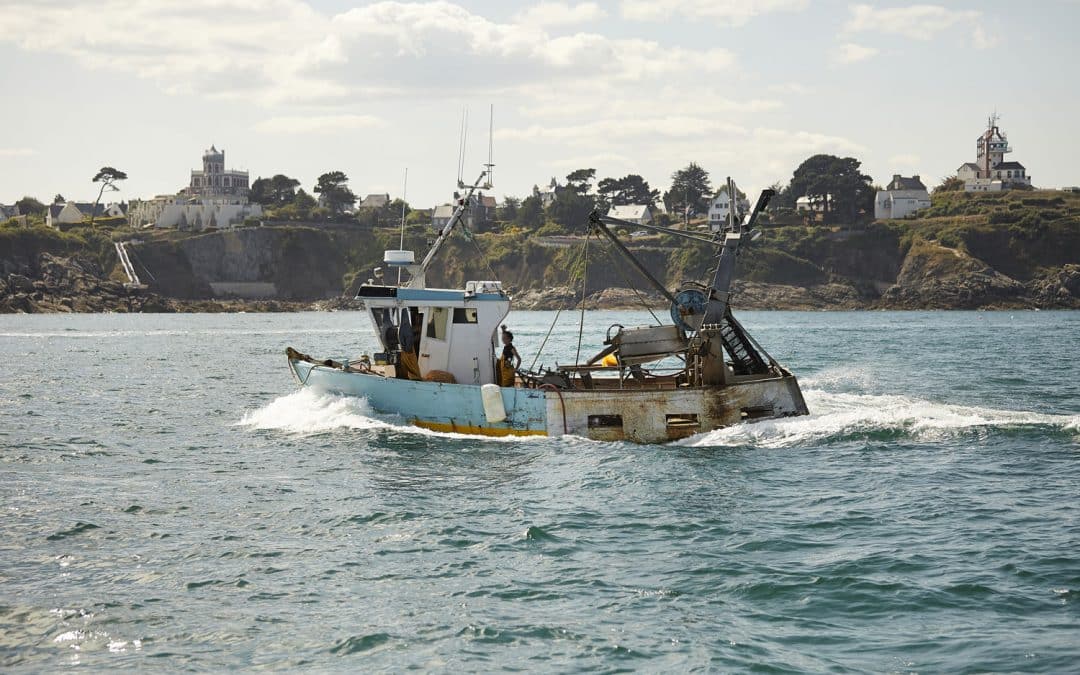
Fishing activity in the bay of Saint-Brieuc represents an important part of the local economy.
The objective of monitoring fishing activities is to evaluate the evolution of the fishing fleet and fishing practices, from an economic point of view, in order to determine the impact of the wind farm on this activity. A similar study on fishing activities near the settlement area was carried out in 2013 as part of the Ailes Ailes Marines .
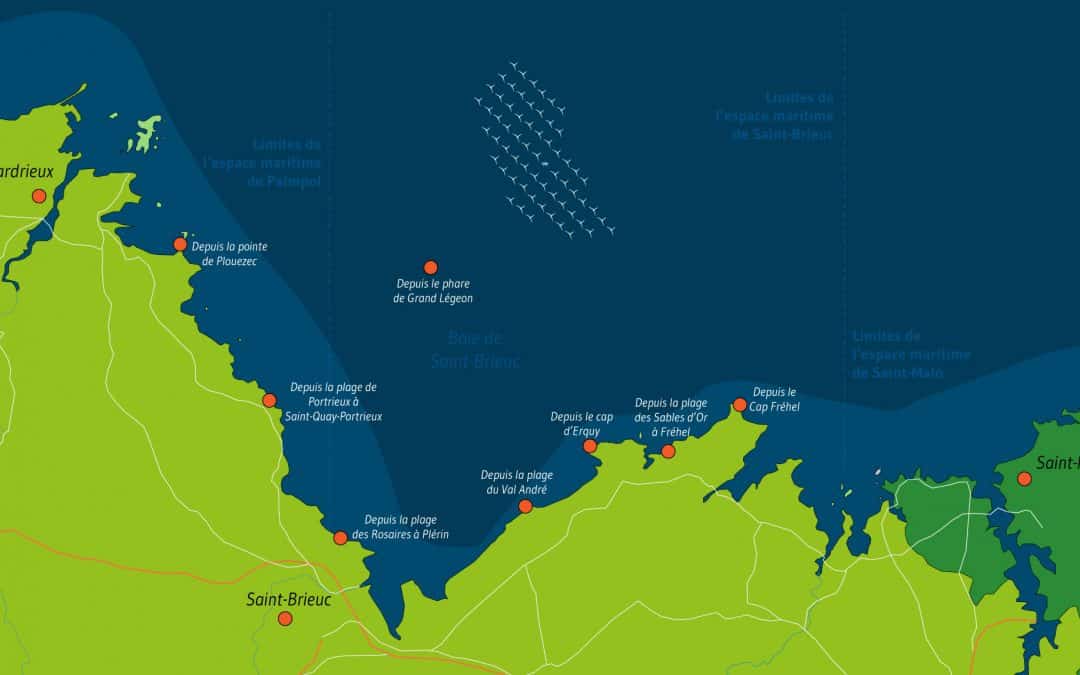
The objective of this measure is to validate that the photomontages presented as part of the impact study were representative of the reality once the park was installed.
Photographs will be taken at the locations selected for the production of photomontages as part of the project. . Just like when making photomontages, for several points of view, variations will be made:
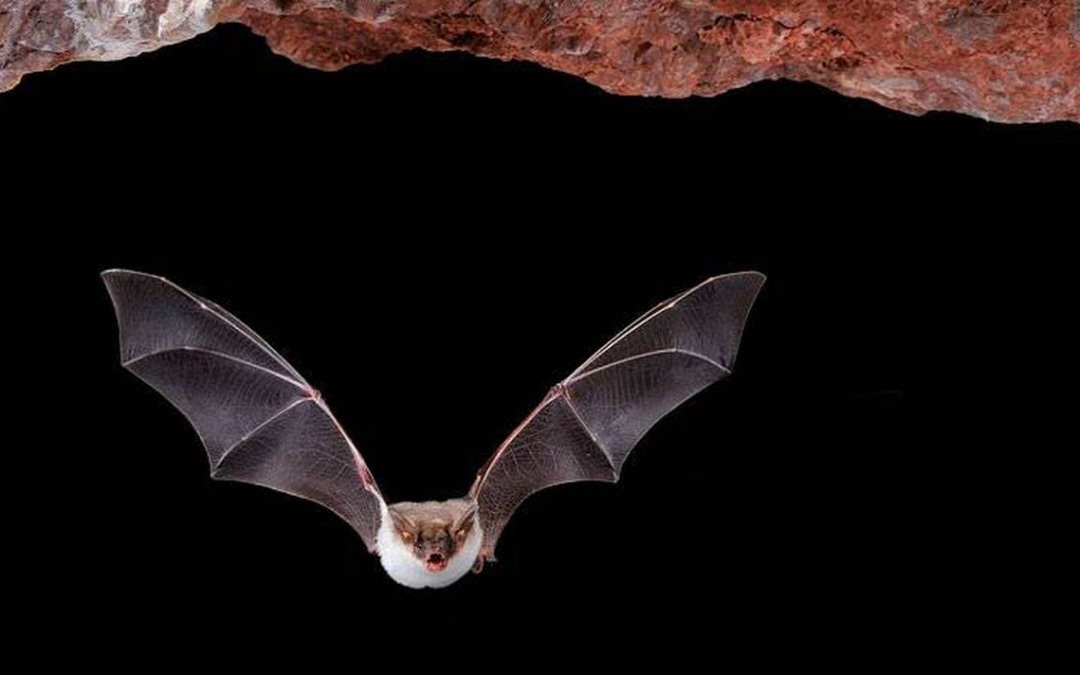
In the operational phase, 8 wind turbines will be equipped with acoustic recording stations (ultrasound) in order to evaluate and characterize the activity of migrating bats in the park area.
This monitoring aims, among other things, to provide information on the presence of the Nathusius Pipistrelle migrating in the offshore wind farm. The latter having been detected at the Grand Léjon lighthouse but never in the park area.
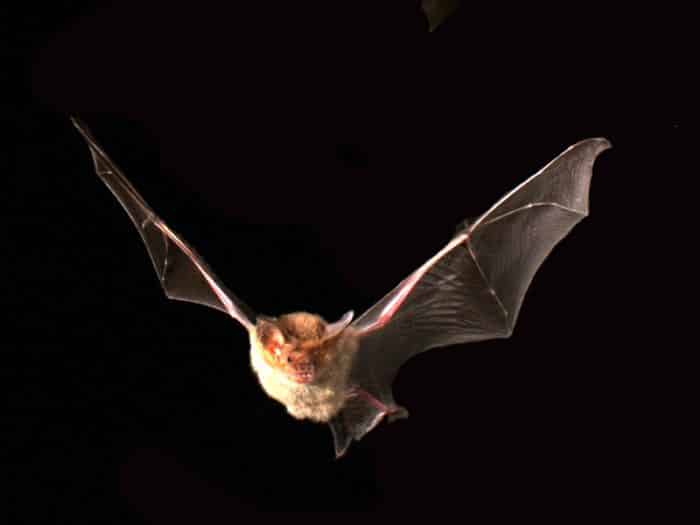
The methodology consists of equipping a ship as well as the Grand Léjon lighthouse with an acoustic system including an acoustic recorder, a microphone and a solar panel to power the system in order to evaluate and characterize the activity bats in the park area and surrounding areas. The objective is also to identify whether the construction site is a source of light attraction for bats and in particular the Nathusius Pipistrelle.
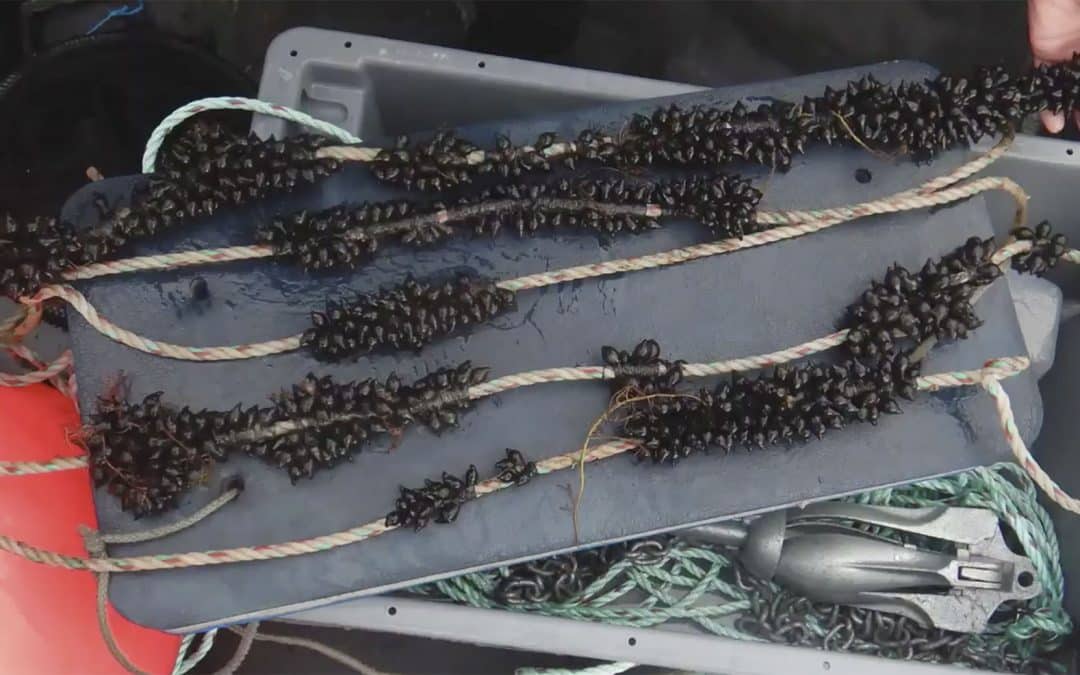
The objective of this monitoring is to evaluate the impacts of the construction and operation of the offshore wind farm and its connection on the fishery resource (monitoring shared with RTE.
To do this, the comparison between the reference state and The environmental monitoring carried out throughout the life of the project must make it possible to decide on the effects of the project on the fishery resource.
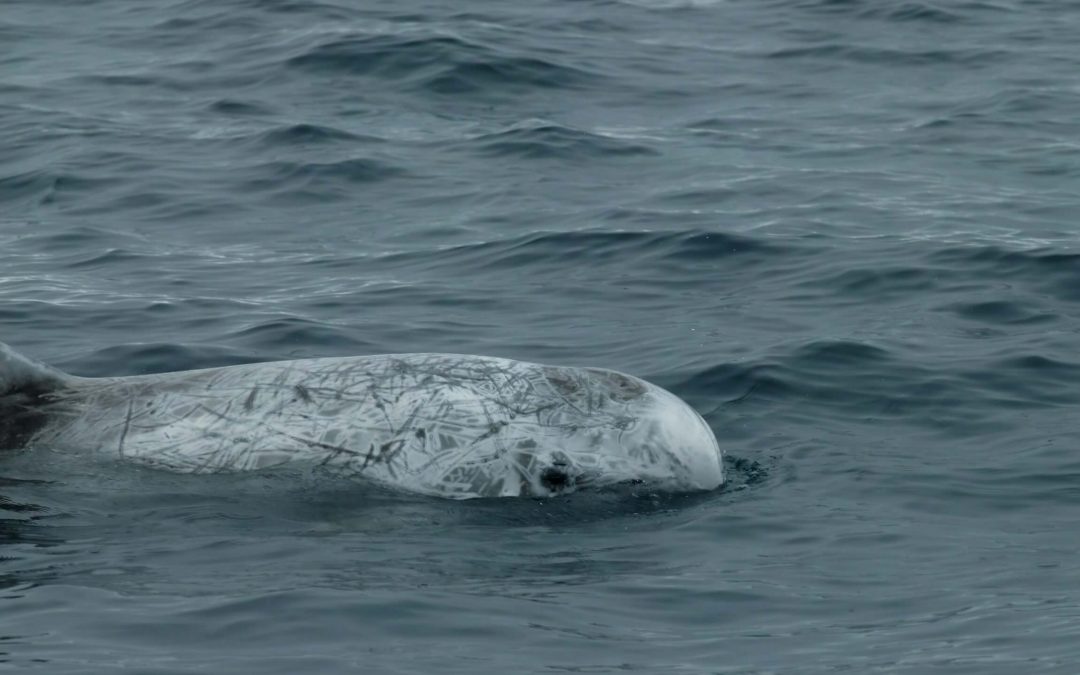
The objective of “passive acoustic” monitoring of marine mammals is to provide information on the activity of cetaceans in the area of the offshore wind farm before work (reference state), during the construction, operation and dismantling phases.
These were communicated to the CGS in April 2019. Seven acoustic stations are positioned at different locations in the study area, each making it possible to record high frequencies (porpoises, clicks) and low frequencies (low and medium frequency cetaceans, ambient noise).
Two stations are positioned in the park, and the other five are arranged in a star pattern around the park at 10 and 20 km distance. Registration is effective 33% of the time. Equipment maintenance is carried out approximately every 3 months and the data obtained is processed back on land.






